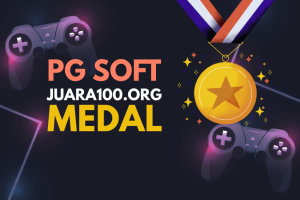Have you ever had a finger that becomes locked into a bent position and then snaps straight again? This painful situation is a trigger finger, and it can surprisingly make everyday tasks challenging. The best news is that there are numerous treatments out there, and they are also very effective. Let’s talk about what happens after trigger finger treatment has been completed and how it can change your daily lifestyle.

Understanding Trigger Finger
Before diving into treatments, it helps to understand what’s happening. Trigger finger occurs when the tendon that bends your finger becomes inflamed and swollen. This inflammation makes it difficult for the tendon to glide smoothly through its sheath (the tunnel it passes through), causing that characteristic catching or “triggering” sensation.
Common Trigger Finger Treatment Options
Your doctor might recommend several approaches based on the severity of your condition:
- Rest and activity modification One of the easiest types of trigger finger treatment is taking a break for your hand. Steer clear of activities that involve repetitive grasping or exacerbate your symptoms, and let inflammation naturally resolve on its own.
- Splinting Wearing a splint at night keeps your affected finger in an extended position, preventing it from curling during sleep. This can reduce irritation and allow healing to occur.
- Medications Over-the-counter pain relievers like ibuprofen or naproxen sodium can reduce both pain and inflammation associated with trigger finger.
- Steroid injections A corticosteroid injection near the tendon sheath is one of the most frequent types of trigger finger treatment. These injections can significantly decrease inflammation, and frequently bringing relief within days.
- Surgery When other treatments don’t work, a minor surgical procedure to release the constricted tendon sheath might be necessary.
What to Expect After Trigger Finger Treatment
The effects of trigger finger treatment vary depending on which option you pursue, but here’s what you might experience:
After Conservative Treatments
If you’re using rest, splinting, or anti-inflammatory medications, improvement tends to be gradual. You might notice:
- Decreased catching or locking after a few weeks
- Gradually reducing pain and stiffness
- Improvement in your ability to make a fist without discomfort
Many people find these non-invasive approaches sufficient, particularly for mild cases, though patience is required as healing occurs.
After Steroid Injections
Steroid injections often produce more immediate effects:
- Significant pain reduction within 24-48 hours
- Decreased swelling within a few days
- Improved finger movement within a week
- Success rates around 70% after one injection
Some people might need a second injection for complete relief. The effects can last for months or even permanently resolve the issue in some cases.
After Surgical Trigger Finger Treatment
Following surgery, you can expect:
- Initial soreness at the surgical site for 1-2 weeks
- Gradual improvement in finger movement
- Complete resolution of triggering in most cases
- A small scar that will fade over time
- Return to normal activities within 2-4 weeks
Surgery has the highest success rate of all trigger finger treatment options, with over 90% of patients experiencing permanent relief.
The Emotional Impact of Recovery
Aside from the physical relief, don’t downplay the emotional relief of successful treatment. Most patients rejoice at being able to do simple things again without pain or frustration—writing, gardening, crafting, or simply buttoning a shirt without that maddening catching feeling.
When to Follow Up
No matter which trigger finger treatment you have, be sure to follow up with your physician. In the event that symptoms come back or do not go away as hoped, further treatments may be attempted.
Remember that each person’s recovery is unique, and having patience with the healing process is crucial. With proper treatment and care, most people return to normal hand function, free from the frustrating limitations of trigger finger.


